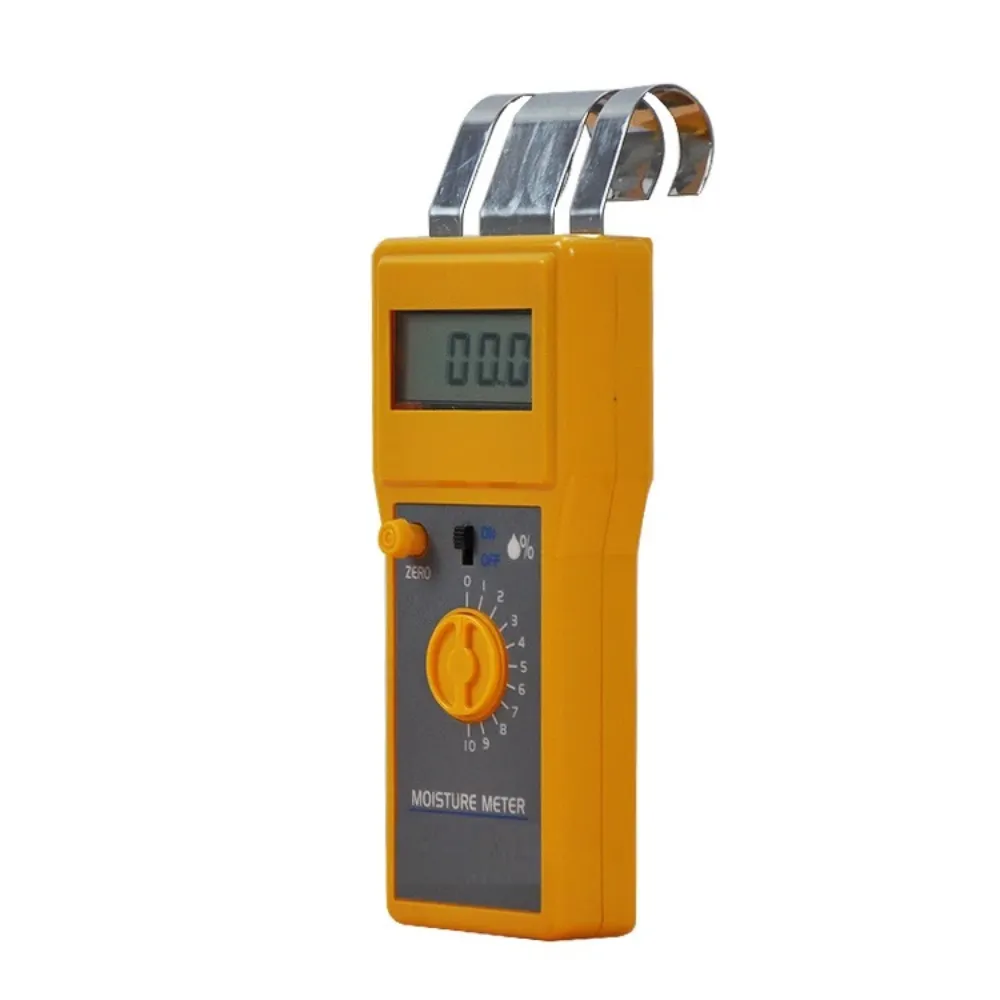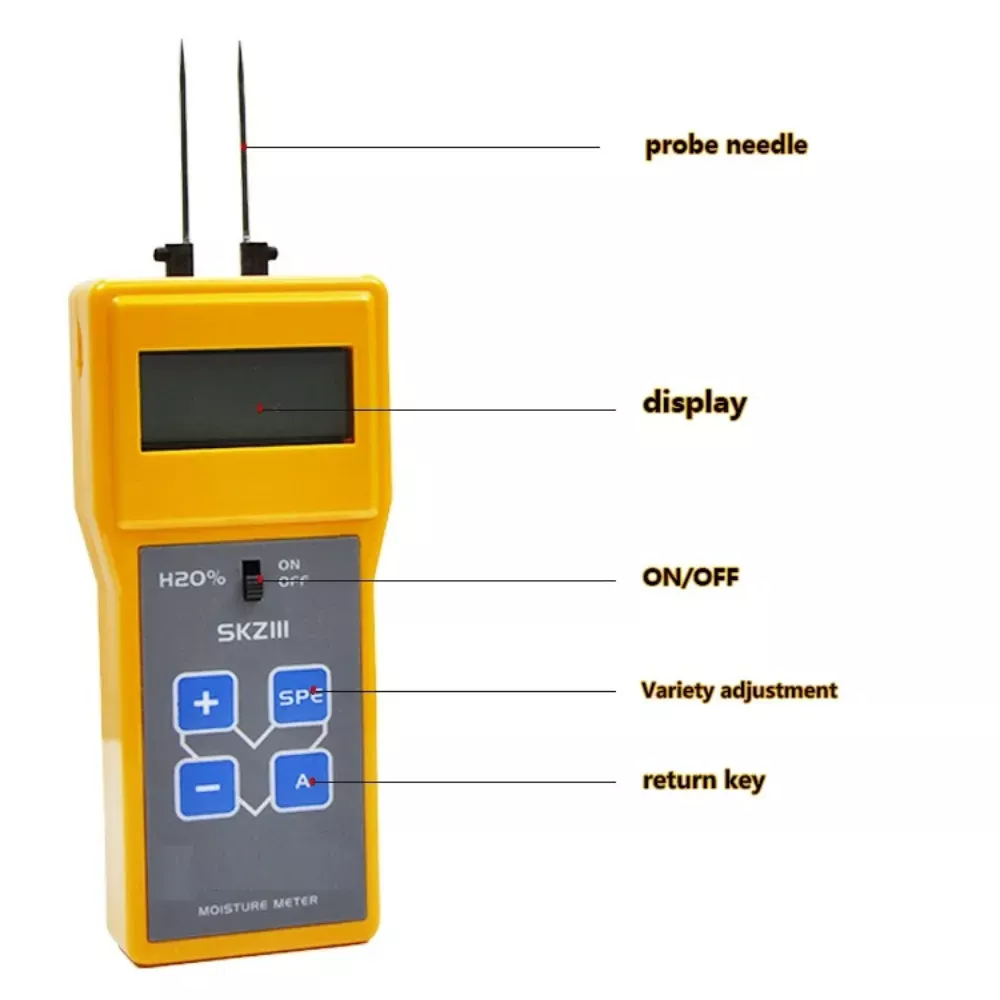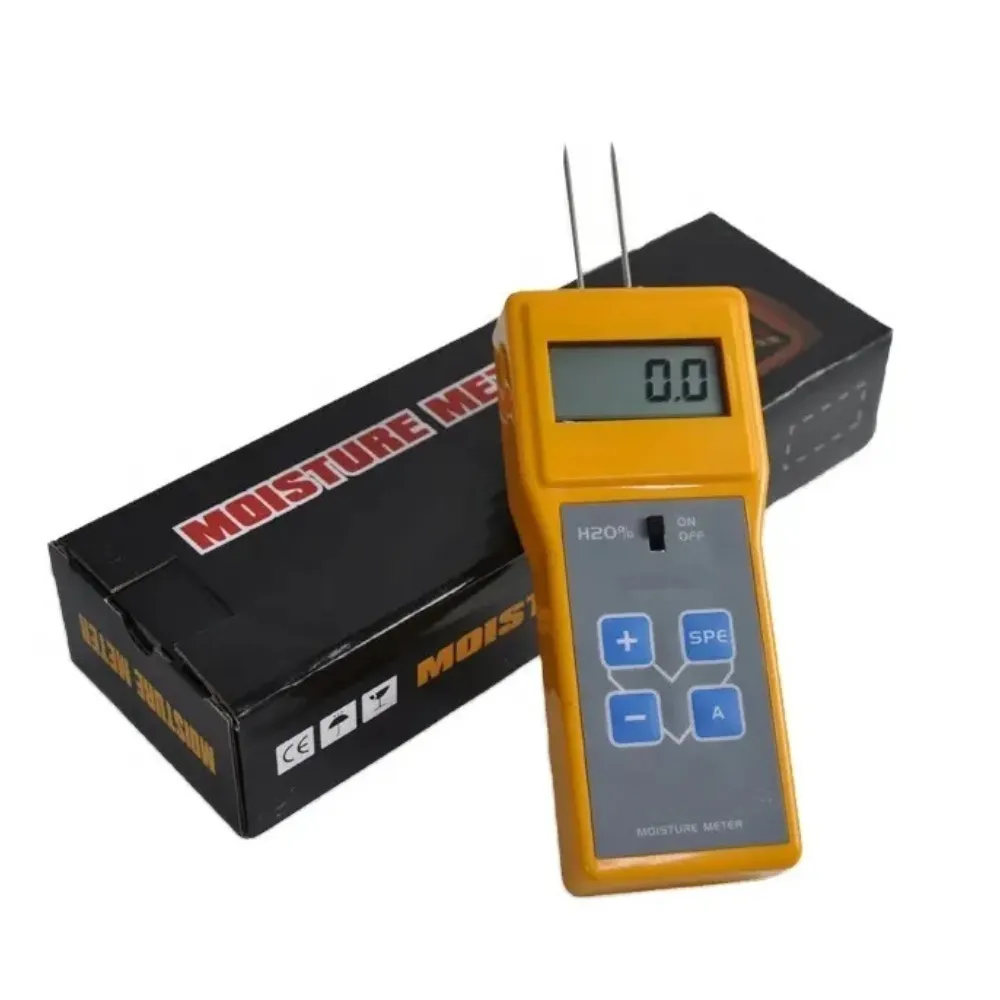
Paper Moisture Meters in Libraries and Archives: Ensuring the Preservation of Knowledge
Table of Contents
Paper Moisture Meters: Guardians of Our Heritage
In the modern world, the preservation of knowledge has become increasingly important as libraries and archives strive to maintain the integrity of their collections. One of the key factors in this preservation process is the use of paper moisture meters. These devices are essential tools for monitoring and maintaining the optimal moisture levels in paper-based materials, ensuring their longevity and preventing damage.

How They Work: Measuring Moisture, Protecting History
Paper moisture meters are designed to measure the moisture content of paper and other cellulose-based materials. They work by detecting the amount of water vapor present in the air, which is then converted into a digital reading that indicates the moisture level. This information is crucial for libraries and archives, as fluctuations in moisture levels can lead to the deterioration of paper materials, causing them to become brittle, discolored, or even disintegrate.
Proactive Preservation: Maintaining Optimal Conditions
The use of paper moisture meters in libraries and archives is a proactive approach to preservation, allowing staff to monitor and control the environment in which these materials are stored. By maintaining optimal moisture levels, libraries and archives can ensure that their collections remain in the best possible condition for future generations to access and enjoy.

Real-Time Data: Informed Decision-Making for Collections Care
One of the primary benefits of using paper moisture meters is their ability to provide real-time data on the moisture levels within a storage area. This information can be used to make informed decisions about the appropriate temperature and humidity settings for the space, ensuring that the materials are stored in an environment that is conducive to their long-term preservation.
Early Detection: Preventing Damage Before It Occurs
In addition to monitoring the current moisture levels, paper moisture meters can also be used to detect any changes in the environment that may impact the materials. For example, if there is a sudden increase in humidity, the meter can alert staff to the issue, allowing them to take corrective action before any damage occurs.
Practicality and Affordability: Essential Tools for Preservation
Another advantage of using paper moisture meters is their portability and ease of use. Many models are small and lightweight, making them easy to transport between different storage areas or even to different facilities. This allows staff to quickly and easily monitor the moisture levels in various locations, ensuring that all materials are stored in the optimal environment. Furthermore, paper moisture meters are relatively inexpensive and require minimal maintenance, making them a cost-effective solution for libraries and archives. The devices are typically battery-operated and can be calibrated easily, ensuring that they remain accurate and reliable over time.
Comments
Tags
Frequently Asked Question
The generally recommended relative humidity (RH) range for storing paper is between 30% and 50%. However, specific ideal conditions may vary depending on the type of material and storage environment.
Monitoring frequency depends on the sensitivity of the materials and the stability of the environment. Regular checks, at least seasonally, are recommended, with more frequent monitoring in areas prone to fluctuations.
Libraries and archives use a combination of tools and strategies, including:
* Environmental monitoring systems: To track temperature, humidity, and light levels.
* Acid-free storage materials: To prevent deterioration caused by acidic paper.
* Pest control measures: To protect against insect infestations.
* Disaster preparedness plans: To mitigate damage from potential hazards.
Resources like the Library of Congress and the National Archives websites offer valuable tips on preserving personal archives. Local libraries and historical societies can also provide guidance.


